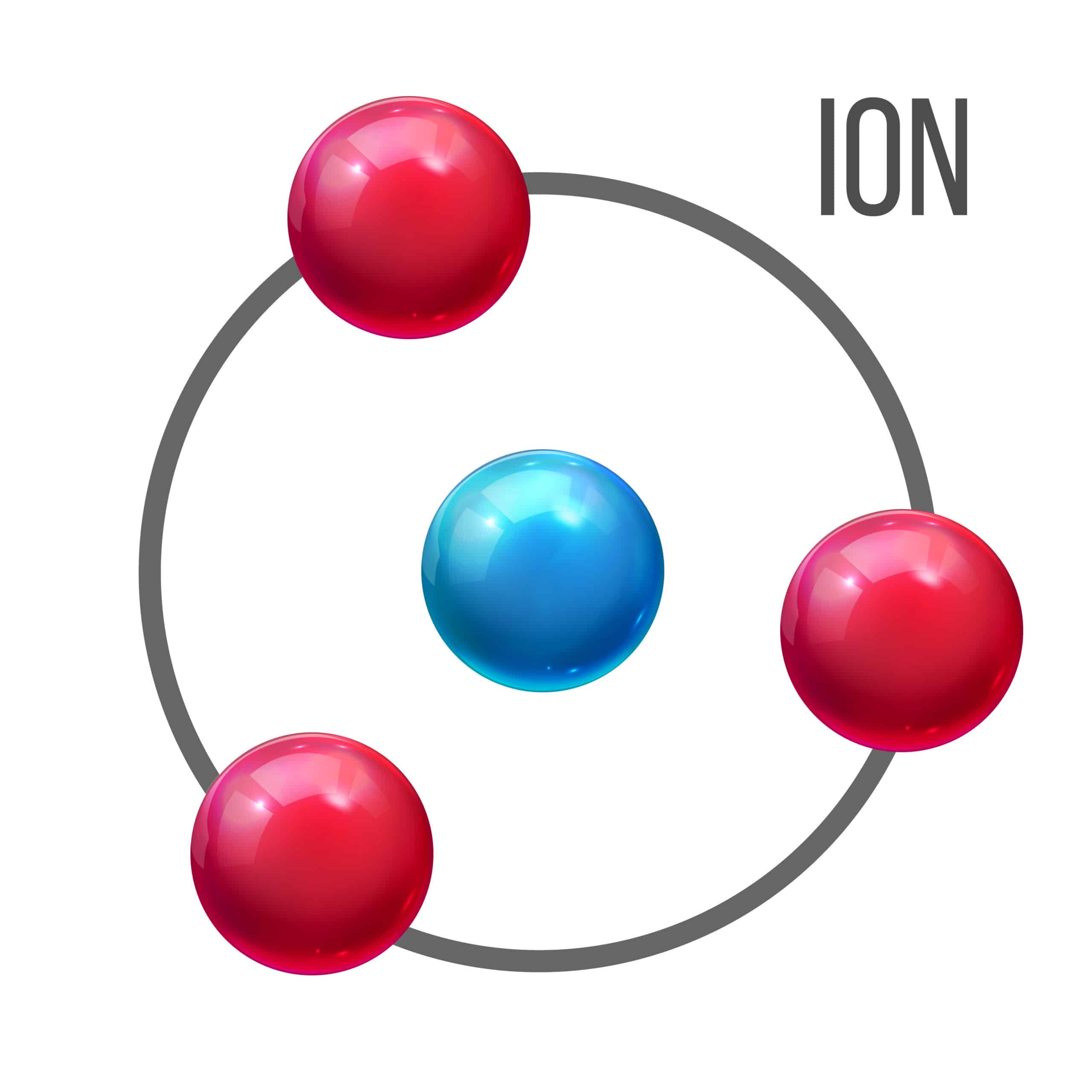Under certain weather conditions, air becomes laden with positively charged ions, which is not a plus, as they can adversely affect our mental and emotional well-being. The saying “It’s an ill wind that blows no good” is meant to remind us that in the midst of difficulty we often find hidden gifts. Then again, sometimes the wind is what makes us ill.
Positive ions are always around, but in blustery conditions, especially if humidity is low and temperatures moderate to high, they become over-abundant. The wind’s energy can apparently strip away a negatively-charged electron from charge-neutral molecules such as nitrogen, carbon dioxide, oxygen and others, thus changing them into positive ions. These charged particles can do odd things. For instance, a friend in southern France recently told me of his neighbor who is largely disabled by seasonal winds there. Until they blow over, she is too disoriented to drive or go to work. Science has not been able to explain exactly why too many positive ions in the air are a negative for us, but it has confirmed that the effect is real.
References to “evil” or “devil” winds can be found in centuries-old documents, and oral traditions from regions around the globe include tales of persistent winds driving people mad. Periods of relentless wind can occur anywhere, but annual tempests in some areas have been named. Italy suffers through the sirocco; in the Pacific Northwest, it’s the Chinook. The sharav afflicts Israelis, and Western Europeans persevere through the foehn. The American Southwest endures the Santa Ana; the ghibli rages across Libya; southern France has its mistral, and the Zonda roars through the Argentine Andes. Until the early 1980s, however, the majority of the scientific world dismissed regional tales of the havoc wrought by gusty weather as folklore.
Although solid research on the human-health effects of wind dates back to the late 1960s in Israel, peer-reviewed papers began appearing in greater numbers in scientific journals starting around 1980. Since then, studies continue to bolster the concept that there are physical and psychological consequences of bad air.
A New York Times article published on October 6, 1981, mentions an Israeli study which found that during the sharav, “…thirty percent of the [Israeli] population becomes ill with migraine, nausea, vomiting, irritability, dimness of vision, respiratory symptoms and other [sharav-induced] effects.” The same article cites a report from the Journal of Personality and Social Psychology. In it, Dr. Jonathan M. Charry of Rockefeller University and Dr. Frank B.W. Hawkinshire 5th of N.Y.U. stated that their experiments found “The apparent effects of positive ions included increased…irritability as well as a slowing of reaction times…Scores showed an increase in tension, inattention and fatigue.”
A 2012 case study published by the National Center for Biotechnology Information at the U.S. National Library of Medicine examined the impact of wind direction. The case study highlighted work done in 2008 at the Center for Integrative Psychiatry in The Netherlands. The experiment concluded that, even after adjusting for other weather variables, wind direction had a notable effect on mental health; specifically, a southeasterly wind raised anxiety and lowered energy levels. In other words, it blew no good.
Some health effects in weather-afflicted people are similar to those with microbial infections. An article that appeared in the Los Angeles Times on March 12, 1988, makes reference to a 1983 Austrian study in which 2,400 of 3,000 subjects with wind-related malaise had above-normal blood sedimentation rates. An elevated blood-sed rate is one marker of infection. Other findings include markedly lower blood levels of serotonin, a neurotransmitter associated with feeling good.
It is important to note that not all people are affected by wind. In fact, most research seems to show that only about one-third of any given population is impacted. But that one-third should be happy to learn their weather-induced complaints are not in their heads. On their heads, maybe. In the words of William Puzzo, Professor of World Geography at Cal State Fullerton, as quoted in the aforementioned Los Angeles Times article: “…an excess of positive ions tends to almost literally overcharge them [people] with electrical energy. Their hair will have a tendency almost to stand on end…” There you have it: bad air causes irritability, fatigue, migraines—and bad hair.




